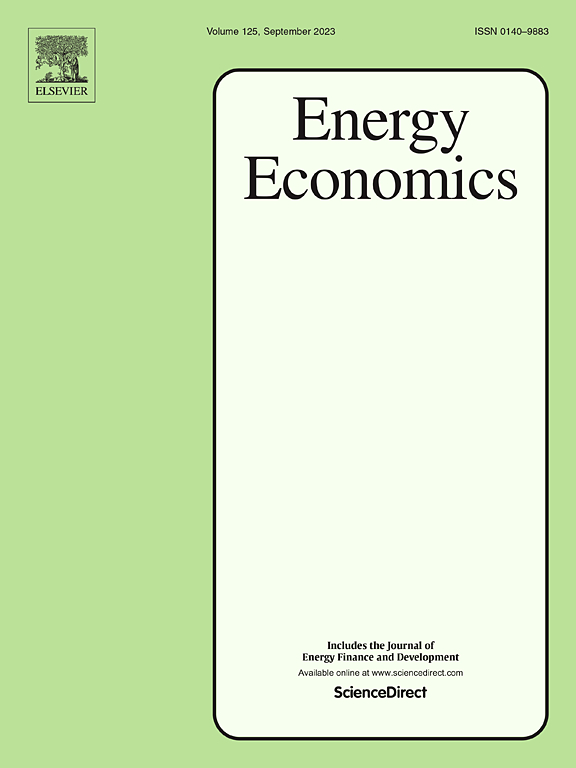COVID-19封锁对空气质量的有争议的环境影响:来自意大利各城市的证据
IF 14.2
2区 经济学
Q1 ECONOMICS
引用次数: 0
摘要
本文通过统一的面板规格,研究了意大利第一波COVID-19封锁对各城市空气质量的影响。我们使用谷歌的连续省级流动性指数,并明确区分了三个渠道:减少室外流动性,在寒冷的日子增加住宅供暖,以及法律规定的跨气候带集中供暖的异步关闭。与预期一致,限制措施大大降低了流动性,增加了呆在家里的时间。对颗粒物的总体影响是非线性的,反映了这些力之间的平衡。2020年3月,与前几年同期相比,家庭供暖加剧的同时,颗粒物也出现了不寻常的上升。在4月至5月,当集中供暖被法律关闭时,这种影响被逆转了,这种模式被关闭日期前后的回归-不连续性设计所证实。随着交通和其他户外活动的减少,二氧化氮显著下降。拟合值的时间序列分解量化了三个通道的每日贡献,并协调了3月与4月至5月的对比模式。我们避免提出需要对电力结构进行假设的短期政策主张;我们的研究结果记录并量化了封锁影响空气质量的机制。本文章由计算机程序翻译,如有差异,请以英文原文为准。
The controversial environmental effects of COVID-19 lockdown on quality of air: evidence from Italian municipalities
This article examines the effect of Italy's first wave COVID-19 lockdown on air quality across municipalities by means of a unified panel specification. We use a continuous province-level mobility index from Google and explicitly separate three channels: reduced outdoor mobility, additional residential heating on cold days, and the legally mandated, asynchronous shutdown of centralised heating across climatic zones. Consistent with expectations, restrictions sharply lowered mobility and increased time spent at home. The overall impact on particulate matter is non-linear and reflects the balance between these forces. During March 2020, intensified home heating coincided with an unusual rise in particulate matter relative to the same months in previous years. The effect reversed in April–May when centralised heating was switched off by law, a pattern corroborated by a regression-discontinuity design around shutdown dates. Nitrogen dioxide declined markedly, in line with reduced traffic and other outdoor activities. A time-series decomposition of the fitted values quantifies the daily contributions of the three channels and reconciles the contrasting March versus April–May patterns. We refrain from short-run policy claims that require assumptions on the electricity mix; our results document and quantify the mechanisms through which the lockdown affected air quality.
求助全文
通过发布文献求助,成功后即可免费获取论文全文。
去求助
来源期刊

Energy Economics
ECONOMICS-
CiteScore
18.60
自引率
12.50%
发文量
524
期刊介绍:
Energy Economics is a field journal that focuses on energy economics and energy finance. It covers various themes including the exploitation, conversion, and use of energy, markets for energy commodities and derivatives, regulation and taxation, forecasting, environment and climate, international trade, development, and monetary policy. The journal welcomes contributions that utilize diverse methods such as experiments, surveys, econometrics, decomposition, simulation models, equilibrium models, optimization models, and analytical models. It publishes a combination of papers employing different methods to explore a wide range of topics. The journal's replication policy encourages the submission of replication studies, wherein researchers reproduce and extend the key results of original studies while explaining any differences. Energy Economics is indexed and abstracted in several databases including Environmental Abstracts, Fuel and Energy Abstracts, Social Sciences Citation Index, GEOBASE, Social & Behavioral Sciences, Journal of Economic Literature, INSPEC, and more.
 求助内容:
求助内容: 应助结果提醒方式:
应助结果提醒方式:


